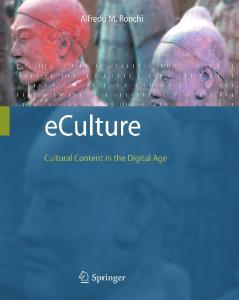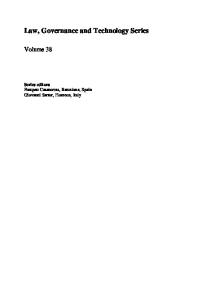We Are All Victims: Questionable Content and Collective Victimisation in the Digital Age
- PDF / 714,778 Bytes
- 14 Pages / 439.37 x 666.142 pts Page_size
- 95 Downloads / 280 Views
We Are All Victims: Questionable Content and Collective Victimisation in the Digital Age Lennon Y. C. Chang 1
2
& Souvik Mukherjee & Nicholas Coppel
3
Received: 6 July 2020 / Accepted: 25 September 2020/ # Springer Nature B.V. 2020
Abstract
Traditionally, the idea of being a victim is associated with a crime, accident, trickery or being duped. With the advent of globalisation and rapid growth in the information technology sector, the world has opened itself to numerous vulnerabilities. These vulnerabilities range from individual-centric privacy issues to collective interests in the form of a nation’s political and economic interests. While we have victims who can identify themselves as victims, there are also victims who can barely identify themselves as victims, and there are those who do not realise that they have become victims. Misinformation, disinformation, fake news and other methods of spreading questionable content can be regarded as a new and increasingly widespread type of collective victimisation. This paper, drawing on recent examples from India, examines and analyses the rationale and modus operandi—both methods and types— that lead us to regard questionable content as a new form of collective victimisation. Keywords Collective victimisation . Questionable content . Fake news . Misinformation . Disinformation . Democracy and internet . COVID-19
Introduction Web 2.0 is a participatory platform whereby information and the dissemination of information are no longer in the hands of a few. This indiscriminate liberty regarding dissemination of information * Lennon Y. C. Chang [email protected] Souvik Mukherjee [email protected] Nicholas Coppel [email protected]
1
School of Social Sciences, Monash University, Clayton, Victoria, Australia
2
CRSGPP, Kolkata, India
3
Melbourne, Australia
Asian Journal of Criminology
has led to the circulation of a plethora of content which is authentic, but has also opened the door to ‘questionable content’ such as fake news, misinformation and disinformation. Over the past few years, there has been a significant rise in the circulation of misinformation, disinformation, fake news and other problematic content through the meteoric rise in social media platforms. Web 2.0 not only saw the rise of social media, but also of blogs, online news portals and media sharing applications, and it coincided with the widespread availability of cheap SIM cards and low-cost smartphones. This led to a paradigm shift in an individual’s role in information dissemination. Individuals, who traditionally primarily played a passive role as consumers of information and not as active producers or circulators of content, can now also play an active role creating and circulating information. With the paradigm shift, the risk of abuse increased many fold. The indiscriminate access and power brought a significant rise in misinformation, disinformation, propaganda and other problematic content. The Compact Oxford English Dictionary defines misinformation as false or inaccura
Data Loading...











